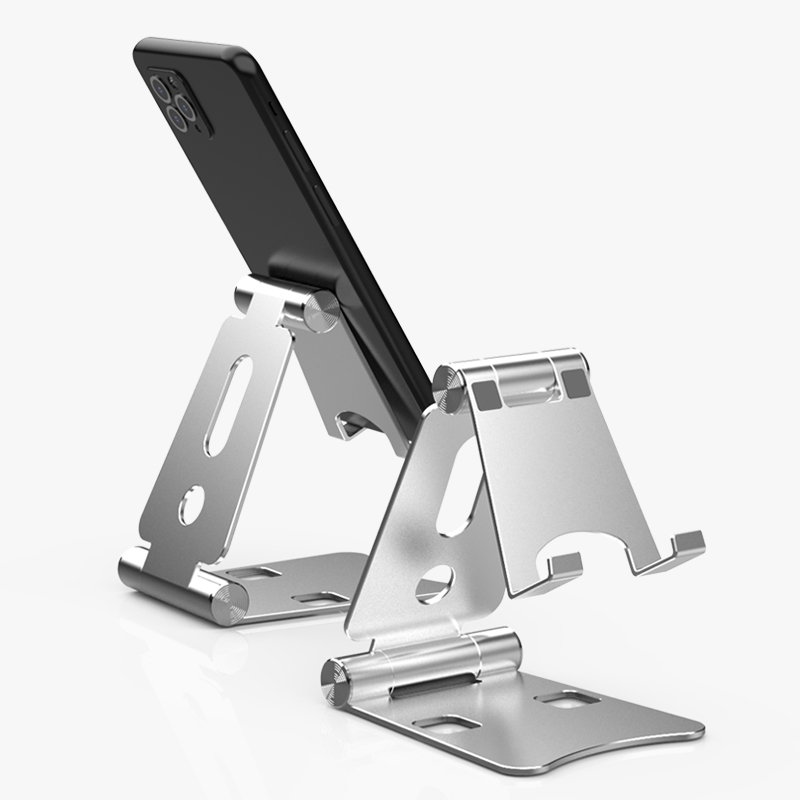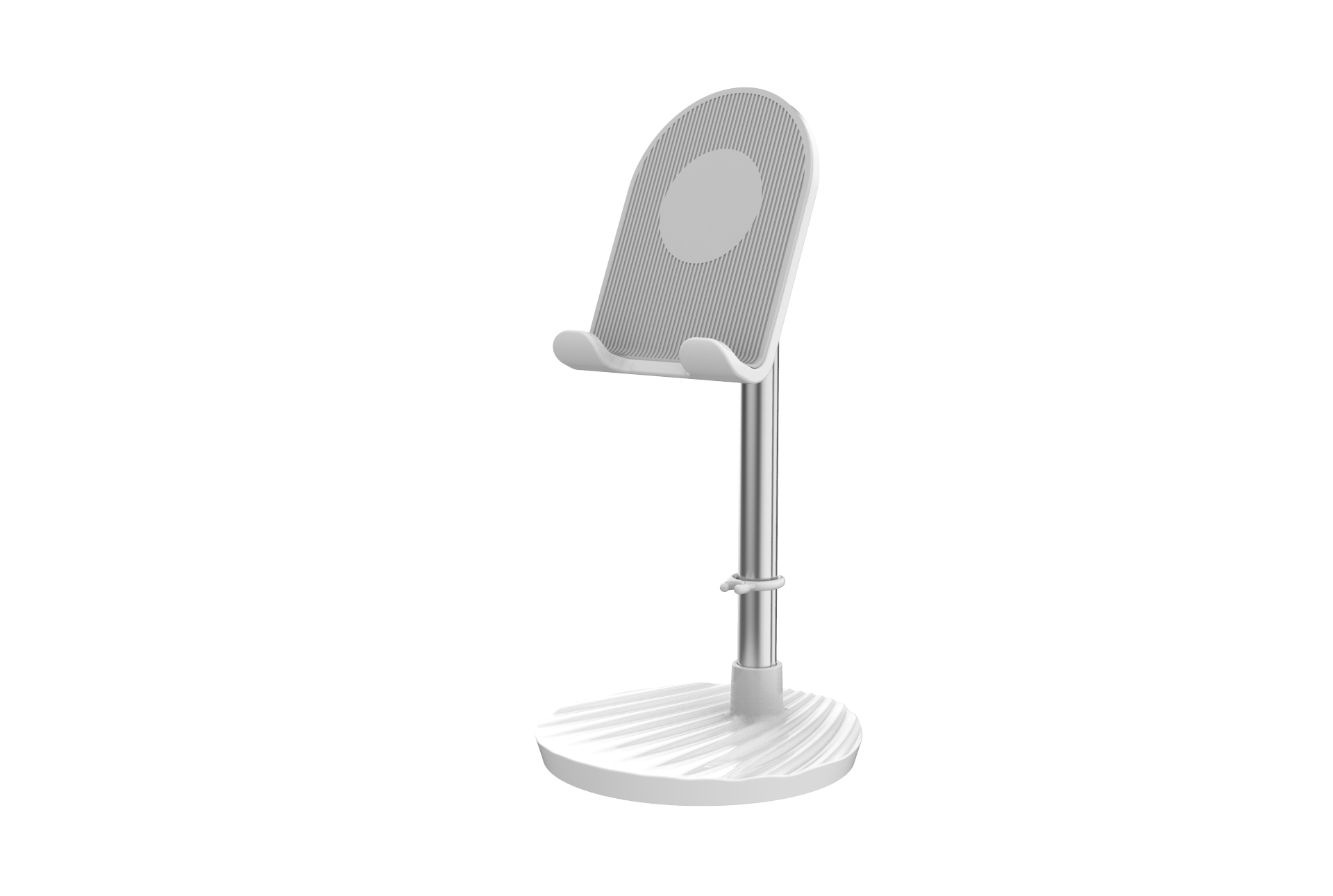1, online type: All soft starter controllers have motor overload protection. When the soft starter is running online, the soft starter's controller can protect the motor from overload. Do not install a thermal overload relay. Since the current harmonic current after passing through the thyristor is very large, the electronic thermal overload relay cannot be added, otherwise the thermal failure may cause the system to malfunction. Since the thyristor is expensive and difficult to replace, in order to protect the thyristor, a quick-blow fuse is used to prevent the short-circuit of the soft starter from burning the thyristor. 2. Bypass type: Bypassing the soft starter and leaving the bypass contactor is not possible, so it is available in both main wiring schemes. The function of the contactor on the upper end of the soft starter is the same as that in the online operation mode and will not be repeated here. Emphasis is placed on the thermal relay, which is placed in the lower port of the bypass contactor. It does not pass the starting current, especially the electronic thermal relay. Because the current harmonics after passing through the soft starter can interfere with the electronic thermal relay. Act to stop the motor. In addition, since the short-time operation of the thyristor does not require the installation of a quick-blow fuse, no quick-blow fuse is added to the main-junction scheme. 3, built-in bypass type: Its main wiring is almost the same as the online type. The only advantage is that it is not necessary to install a quick-acting fuse for short-term operation of the thyristor. The overload protection of the motor is realized by a controller with a soft starter. It not only exceeds the electronic thermal relay in function and performance, but also does not malfunction due to the harmonic current of the main circuit and external interference. Common faults in motor soft starters 1, the motor can not come: One is that one of the six thyristors is unreliable or non-conducting. At this time, the one-phase circuit passes the half-wave direct current, and the direct current of the two-phase winding of the motor acts on the motor to brake, not only the motor. If it doesn't come up, it will burn the motor and the thyristor seriously. Second, the starting parameters or the starting curve are not suitable to cause the motor to start, which is a common fault. The former will occur during use, but the probability is lower than the failure rate of the contactor. The latter occurred mostly in the first commissioning and debugging, and will not appear after debugging. Most manufacturers do not have this phenomenon, the startup program performance is good, and the applicability of the factory setting is strong. Only a few manufacturers' products require manufacturers to debug themselves. 2, thyristor burned: SCR breakdown or explosion, such failures do not distinguish between domestic and foreign brands, because of the manufacturers, but the failure rate is lower than the contactor, and the main problem occurs in the installation process of the pie thyristor. 3, the controller burns: Compared to the soft starter, the controller burnout fault is the most serious. Some manufacturers have more than 30% of the repair rate caused by such failures. Imported or joint venture manufacturers are rare. Mainly the controller's power supply and trigger circuit and the input circuit are easy to burn. 4, soft starter malfunction: The motor is stopped in the running state due to the disturbance of the soft starter. In the stop state, the start of the soft starter is caused by the interference. The former is more common, and the latter has only two brands. The reasons are: first, the quality of the product, and second, the layout of the line. However, there is no such phenomenon in the soft start of import or joint venture. There are many problems in domestic brands. 5, the soft starter internal connector is in poor contact: It is not a problem to select the internal connector of the soft starter. This is a problem that is easy for domestic manufacturers to ignore and often fails. Import or joint venture manufacturers do not make such mistakes. 1. In the process of commissioning, there is a fault in the start-up report, the soft starter fault light is on, and the motor does not respond. The cause of the failure may be: 1 When the starting mode is in the charging mode, the operation sequence is incorrect. (The correct operation sequence should be to send the main power first, then send the control power) 2 The power supply is out of phase, and the soft starter protects the action. (check the power supply) 3 The output of the soft starter is not connected to the load. (The soft starter can work normally after the output is connected to the load) 2. The user starts up during the use, and the bypass contactor does not pick up. The cause of the failure may be: 1 During the starting process, the protection device malfunctions due to the small setting. (Reset the protection device) 2 The parameter settings of the soft starter are unreasonable during commissioning. (Mainly for soft starters below 55KW, reset the parameters of the soft starter) 3 The control line is in poor contact. (check control line) 3. During the starting process, the user occasionally has the phenomenon of jumping the air switch. The reasons for the failure are: 1 The setting of the long delay of the air switch is too small or the air switch is selected and the motor is not equipped. (The parameters of the air switch are amplified or the air switch is re-selected) 2 The start voltage parameter of the soft starter is set too high or the start time is too long. (The starting voltage is appropriately adjusted according to the load condition or the starting time is appropriately shortened) 3 During the starting process, due to the large fluctuation of the grid voltage, it is easy to cause the soft starter to issue an error command, and the early bypass phenomenon occurs. (It is recommended that users do not start high-power motors at the same time) 4 Full load starts at start-up. (Imitate the load as much as possible during starting) 4. When the user uses the soft starter, the display shows no display or garbled, and the soft starter does not work. The cause of the failure may be: 1 The soft starter shocks the internal connection of the soft starter due to the vibration generated by the external components during use. (Open the cover of the soft starter and re-insert the display cable) 2 The soft starter control board is faulty. (Contact the manufacturer to replace the control panel) 5. The soft starter reports a fault at the start, the soft starter does not work, and the motor does not respond. The cause of the failure may be: 1 Motor phase loss. (Check motor and peripheral circuits) 2 The main component of the soft starter is short-circuited by the thyristor. (Check the motor and the grid voltage for abnormalities. Contact the manufacturer to replace the thyristor) 3 Filter board breakdown short circuit. (replace the filter board) 6. When the soft starter starts the load, it will start to time out. The soft starter stops working and the motor coasts to a stop. The reasons for the failure are: 1 Parameter settings are not reasonable. (Re-setting the parameters, the starting voltage is raised appropriately, and the time is appropriately lengthened) 2 Full load starting at start-up. (The load should be reduced as much as possible during starting) 7. During the starting process, the current is unstable and the current is too large. The reasons may be: 1 The ammeter indication is inaccurate or does not match the transformer. (Replace the new ammeter) 2 The grid voltage is unstable and the fluctuation is relatively large, causing the soft starter to malfunction. (Contact the manufacturer to replace the control panel) 3 The soft starter parameter setting is unreasonable. (re-setting parameters) 8. The soft starter has a repeated start. 1 During the starting process, the peripheral protection components act and the contactor cannot be sucked, resulting in repeated start of the soft starter. (Check peripheral components and wiring) 9. When the starter is overheated, the fault light is on and the soft starter stops working: 1 Frequent starting, resulting in excessive temperature, causing the soft starter to overheat protection. (The number of starts of the soft starter should be controlled no more than 6 times per hour, especially heavy loads must be noted) 2 During the starting process, the protection element operates so that the contactor cannot be bypassed and the soft starter works for a long time, causing protection action. (check the peripheral circuit) 3 Excessive load start time is too long to cause overheat protection. (When starting, reduce the load as much as possible) 4 The soft starter parameter setting is unreasonable. The time is too long and the starting voltage is too low. (increasing the starting voltage) 5 The fan of the soft starter is damaged and does not work properly. (replace fan) 10, thyristor damage: 1 When the motor starts, overcurrent will break the soft starter. (Check if the soft starter power matches the power of the motor and if the motor is loaded with load) 2 The fan of the soft starter is damaged. (replace fan) 3 Frequent starting, high temperature will damage the thyristor. (control the number of starts) 4 Filter plate damage (replace damaged components) Input phase loss, there are many factors that cause this fault: - Check if the incoming power supply and the motor incoming line are loose; - Whether the output is connected to the load and whether the load matches the motor; - Use a multimeter to detect whether the module or thyristor of the soft starter breaks down, and whether their trigger gate resistance meets the requirements of normal conditions (generally around 20-30 ohms); - Is the internal wiring socket loose? 1. Desktop mobile Phone Holder; open the phone holder directly to 45 degrees, put the phone on it and you can use it
5. Ring buckle mobile phone holder, the usage method only needs to stick the suction ring on the back of the phone, and then put the ring out to place the phone.
Phone Holder Shenzhen ChengRong Technology Co.,Ltd. , https://www.chengrongtech.com
2. The bedside mobile phone holder; fix the clip of the mobile phone holder on the side of the bed, freely adjust the bending degree of the holder and the position of the mobile phone according to your posture, which is convenient and more comfortable.
3. Stick to the wall mobile phone bracket; the bracket sticker has strong adhesiveness and can be fixed and hung on glass, ceramic tiles and painted walls.
4. Car phone holder; car air outlet bracket, fixing method: After the mobile phone is installed on the mobile phone bracket, pop out the steel piece in the middle of the mobile phone bracket and put it into the car air outlet to fix it


What should I do if the motor does not start? Look at the main wiring type of the motor soft starter here, common troubleshooting measures
Main wiring method of motor soft starter: